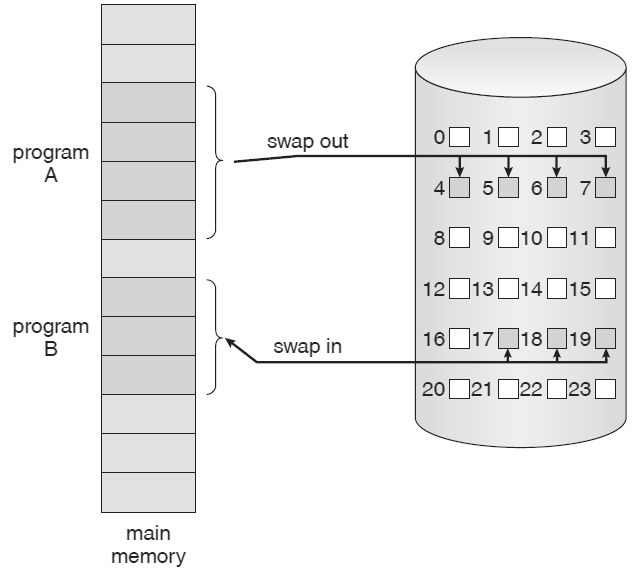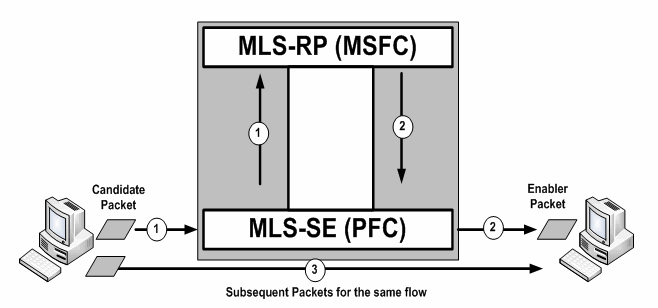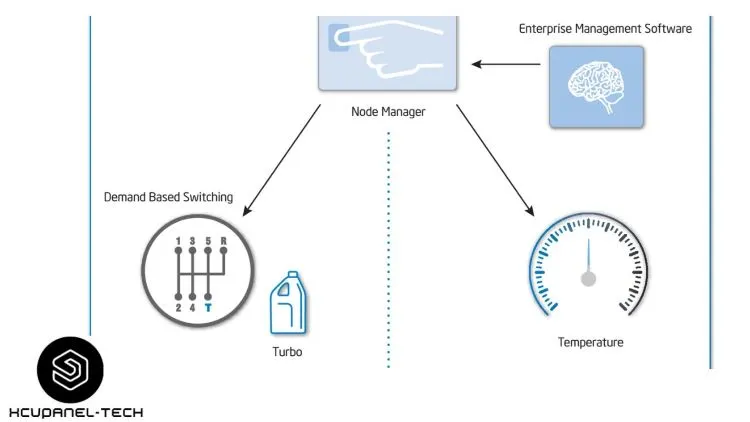Demand based switching also known as flow-based switching, is an older technique used for Multilayer Switching (MLS) in Cisco Catalyst switches. This method handles data transmission by managing flows—unidirectional sequences of packets between a source and destination that share the same protocol and transport layer details.
What is Demand Based Switching

Demand based switching is a way to handle packets in older network switches. It uses a table to remember how to send packets quickly. Now, newer methods do this job even better.
How Demand Based Switching Works
In demand-based switching, a Layer 3 switching table, referred to as the MLS cache, is maintaine. This cache keeps track of flow information and updates traffic statistics as packets are switche. Once establish the MLS cache allows packets from known flows to be Layer 3-switched using cached data, optimizing the switching process.
See also: How Demand-Based Switching Works
Key Components of Demand-Based Switching

- Multilayer Switching Route Processor (MLS-RP): Manages MLS configuration and runs routing protocols to compute routes. It maintains and updates the route table as network topology changes, representing the control plane.
- Multilayer Switching Protocol (MLSP): This multicast protocol allows the MLS-RP to communicate routing information to the MLS-SE. The MLS-SE uses this information to dynamically reprogram the hardware with the latest Layer 3 routing details, enabling faster packet processing.
Operation of Demand Based Switching
The process of demand-based switching involves the following steps:

1. Candidate Packet Processing: The MLS-SE (PFC) receives a candidate packet for a new flow and forwards it to the MLS-RP (MSFC) for route lookup, processed in software.
2. Enabler Packet Handling: The MLS-RP (MSFC) determines the packet’s destination and forwards it through the MLS-SE (PFC) to the correct destination. This packet is know as the enabler packet.
3. Flow Switching: After the candidate and enabler packets pass through the MLS-SE (PFC), subsequent packets in the flow are switch in hardware using ASICs rather than being send to the MLS-RP (MSFC). For effective flow-based switching, both the candidate and enabler packets for a flow must pass through the same switch.
Final Thought
Demand based or flow-based switching was an innovative approach to MLS in Cisco Catalyst switches, optimizing packet handling by leveraging a Layer 3 switching table. However, with advancements in technology and the introduction of newer engines like the Supervisor 720, flow-based switching has become a legacy method. It has been succees by more efficient topology-based methods, such as CEF-based MLS, reflecting ongoing improvements in network switching technology.
FAQs
How Does Demand-Based Switching Enhance Performance?
It improves performance by allowing packets in the same flow to be switched directly in hardware, reducing the need for repeat software processing.
Why is Demand-Based Switching Considered Outdated?
Demand-based switching is considere outdated because newer methods offer more efficient and flexible ways to handle packet flows and network traffic.







